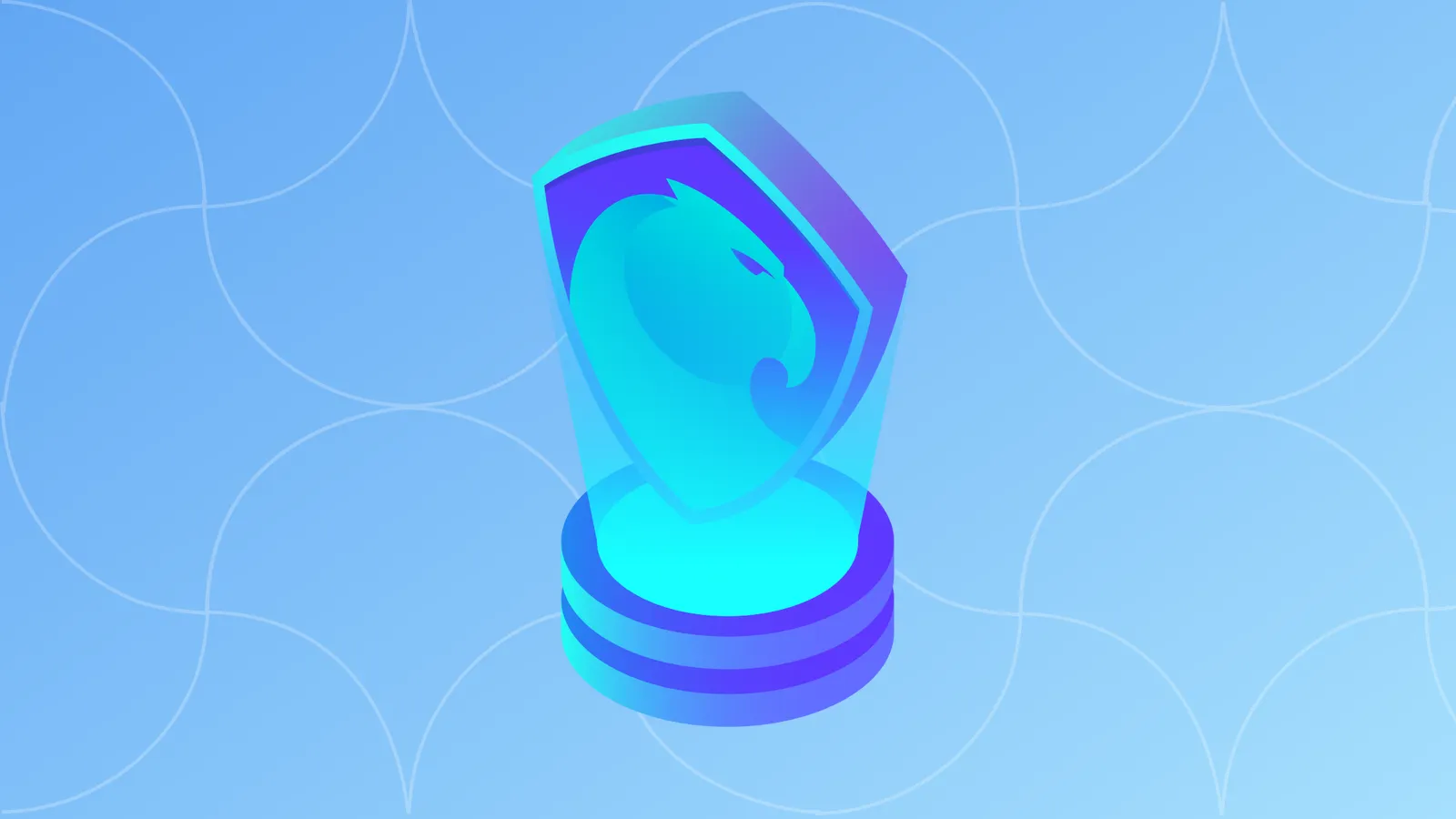Humans like to work together. We’ve set up countless organizations over the years that enable us all to collaborate with one another. There are very few people indeed who can actually call themselves lone wolves. The problem: organizing humans is an expensive business. Companies set aside billions of dollars every year for administrative costs. Decision-making incurs a frictional cost. With no over-arching structure, paperwork can be duplicated or lost; projects get delayed; it can sometimes take years for two sides to settle a dispute. The Aragon Network say they have the solution.
What is Aragon?
Aragon uses blockchain to make companies and organizations efficient and transparent. Companies can use Aragon to sign smart contract agreements with one another. These can then be safely stored on the blockchain for either party to access whenever they need to. Aragon likes to think of itself as an opt-in digital jurisdiction. The network is creating a decentralized settlement system that can be used to quickly and effectively arbitrate between the involved parties. The platform has a native Aragon Network Token - ‘ANT’ for short - used to pay for fees and held in escrow to incentivize good, honest behavior.
Who created Aragon?
The Aragon Network was the brainchild of Luis Cuende and Jorge Izquierdo. Cuende previously helped build a time-stamping technique on the blockchain and has also worked with companies like Microsoft and Telefonica, as well as the Estonian Government. Izquierdo was awarded an Apple scholarship when he was 15. Aragon is currently governed by the Aragon Foundation, a non-profit organization dedicated to building and promoting the network.
Did you know?
The name ‘Aragon’ comes from the region of Spain where both co-founders grew up. It’s not named after the Lord of the Rings character; that’s just a happy coincidence.
A brief history of Aragon
- February 2017 - The Aragon Network is unveiled.
- May 2017 - Aragon launches its ICO.
- June 2017 - Aragon signs a partnership deal with the decentralized exchange platform, 0x.
- February 2018 - Aragon Architect launches, a way for companies to build their own profiles on the platform.
What’s so special about it?
**Assurance** - Users need to stake Aragon tokens before they can help participate in the network. This helps create an honest and open ecosystem, as well as making smart contracts enforceable. The deposited tokens are forfeited for bad or dishonest behavior.
Accessibility - Aragon’s smart contracts need to be human-readable. This allows users with little technical knowledge to use the platform effectively.
Stable currency - Cryptocurrencies are volatile assets. The amount held as collateral can end up becoming worth a lot less than when it was initially deposited. Aragon tokens maintain a stable value. The network can either buy back tokens to keep prices buoyant or sell to stop the value rising too high.
Privacy - There is no need for users on Aragon to divulge private or confidential information. This enables people to maintain a separate blockchain identity, distinct from their personal one, which they can use to make agreements and do business with.
Did you know?
Aragon stopped posting updates on the Medium platform in August 2018. The project said the site was biased against cryptocurrency.
How are Aragon tokens produced?
The Aragon team originally minted just under 40m ANT tokens, selling 70% of them in the ICO last year. Aragon is based off the Ethereum. network, so these are ERC20 tokens. When the network is fully up and running, the plan is for new tokens to be minted and burnt depending on the needs of the community. These decisions will then be taken by Aragon users themselves.
Did you know?
Aragon’s ICO was initially set to run until mid-June, but this was cut short. The project managed to hit its hard cap of $25m in less than 15 minutes.
How does Aragon work?
- **Smart contracts** - Aragon uses smart contracts; they are agreements just like any other. The big difference is they auto-fulfill. They can enforce transactions autonomously. The contracts hold funds in escrow and can be paid out automatically as soon as parts of the agreement have been satisfied.
- **Oracles** - Human-readable contracts and real-world events need to be translated into data that the blockchain can understand. Aragon uses oracles that enable agreements held on the platform to respond to real-world actions.
- **Decentralized governance** - There is no centralized power that judges disputes and enforces rulings in the Aragon network. Users govern themselves as part of a decentralized autonomous organization, or DAO. This enables them to settle disagreements by simple consensus.
- **Decentralized courts** - Whenever a dispute arises, the network will appoint jurors for the case. Each side will give evidence and the jurors will then pronounce a decision, just like in a real court of law. Both parties have the right to appeal the decision; if approved this will take the case up to a higher court.
What can you do with Aragon tokens?
Aragon tokens are used as collateral for agreements made on the platform. They are also used to pay for fees and costs incurred from using the network. Jurors and users involved in the network’s governance are also reimbursed for their time and expertise in ANT.
The Future
There is little noise coming from the Aragon team. They say that their time is currently devoted to building and developing the network. The project expects Aragon to improve over time. Users will be able to make decisions and pass motions to improve its structure. The more legal disputes settled on the network will help create a body of case-law which jurors can use to guide their rulings in future cases. Aragon’s success will wholly depend on how many businesses start using it. If it proves to be popular, it will form the basis of a whole new model for companies to organize and interact with one another.






